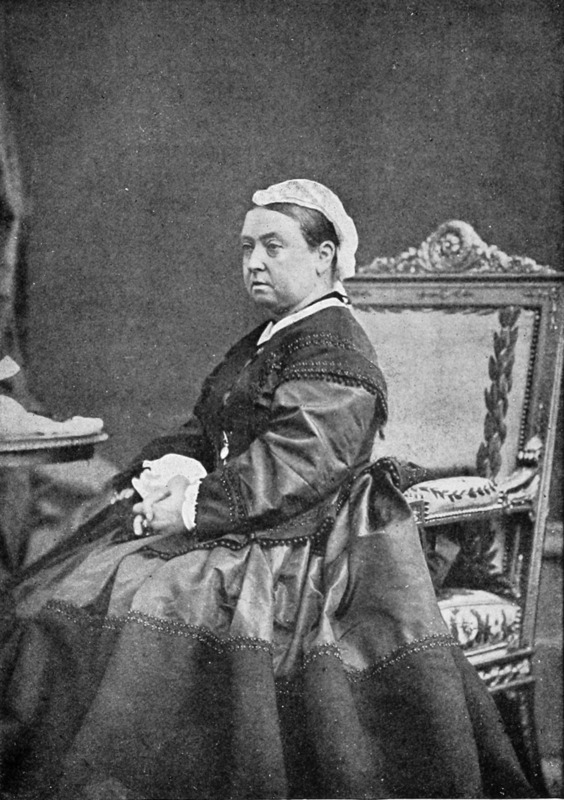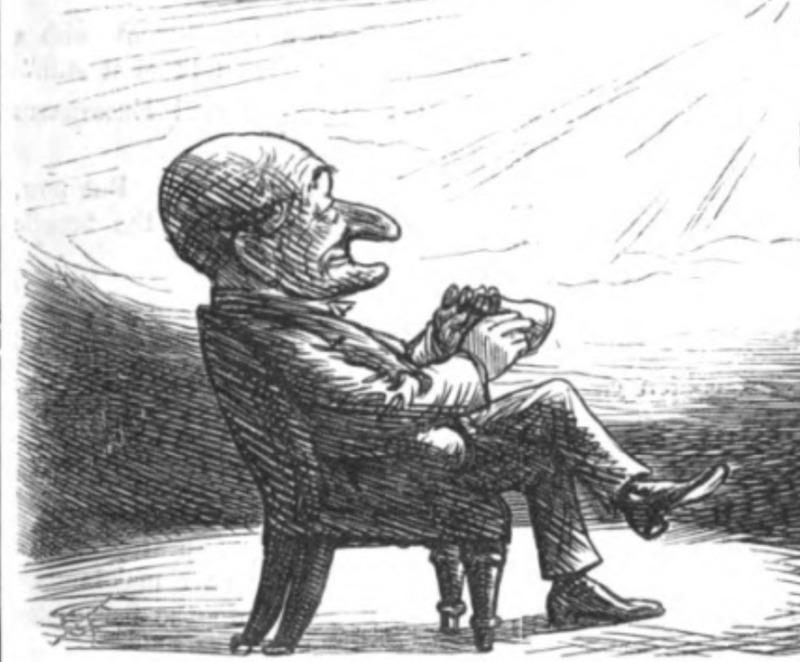Punch
A Reflection of Britain’s “Golden Age” Through Satirical Illustration
The Victorian Era began in 1832 with the passing of the first Reform Act, which aimed to provide British people of all regions with better representation in government. The namesake of this period, Queen Victoria, came to power five years later in 1837 and ruled until her death in 1901, thus ending the emblematic epoch. Print technology and transportation, now powered by steam, allowed for the rapid production of dissemination of literature in many forms. Magazines (or periodicals, as they were called then) were particularly popular, especially those with frequent weekly or monthly editions released to entertain the masses.
Punch, a London-based weekly periodical in circulation from 1841 to 1922 (although its many revitalization attempts mean its actual end was in 2002), is just one example of the trendy reading material of the time. Middle-class Londoners, especially, enjoyed the satirical reflection of British society and politics offered by Punch, which also featured comical illustrations and its own mascot: Mr. Punch. Its popularity leads many historians to consider it a mainstay of Victorian literature with the ability to speak to larger social currents, mostly due to its topical content. It is for this reason that editions of this magazine are on display here: this exhibit aims to investigate the “Golden Age” of Victorian Britain through the satirical illustrations found in Punch.
Britain’s “Golden Age” was nestled within the Victorian Era and specifically located between the years 1850 and 1870. 1850 capped off the Industrial Revolution, which had helped Britain to amass the power and wealth needed to create the spectacle of the Great Exhibition in 1851. This event set the tone for the next two decades, in which the British Empire was making rapid progress in its economic and political spheres. However, historians hypothesize that the nation experienced a decline in success after 1870 due to increasing capitalistic intricacy. Essentially, the Golden Age boasted massive developmental leaps until Britain became too complicated for unencumbered advances.
The goal of this exhibit is to explore perceptions of these monumental decades through the critical, satirical illustrations printed in Punch, which are themselves reflections of time and place. What did British media and popular culture have to say about their blossoming nation? Surely, the "Golden Age" was not all shining.

